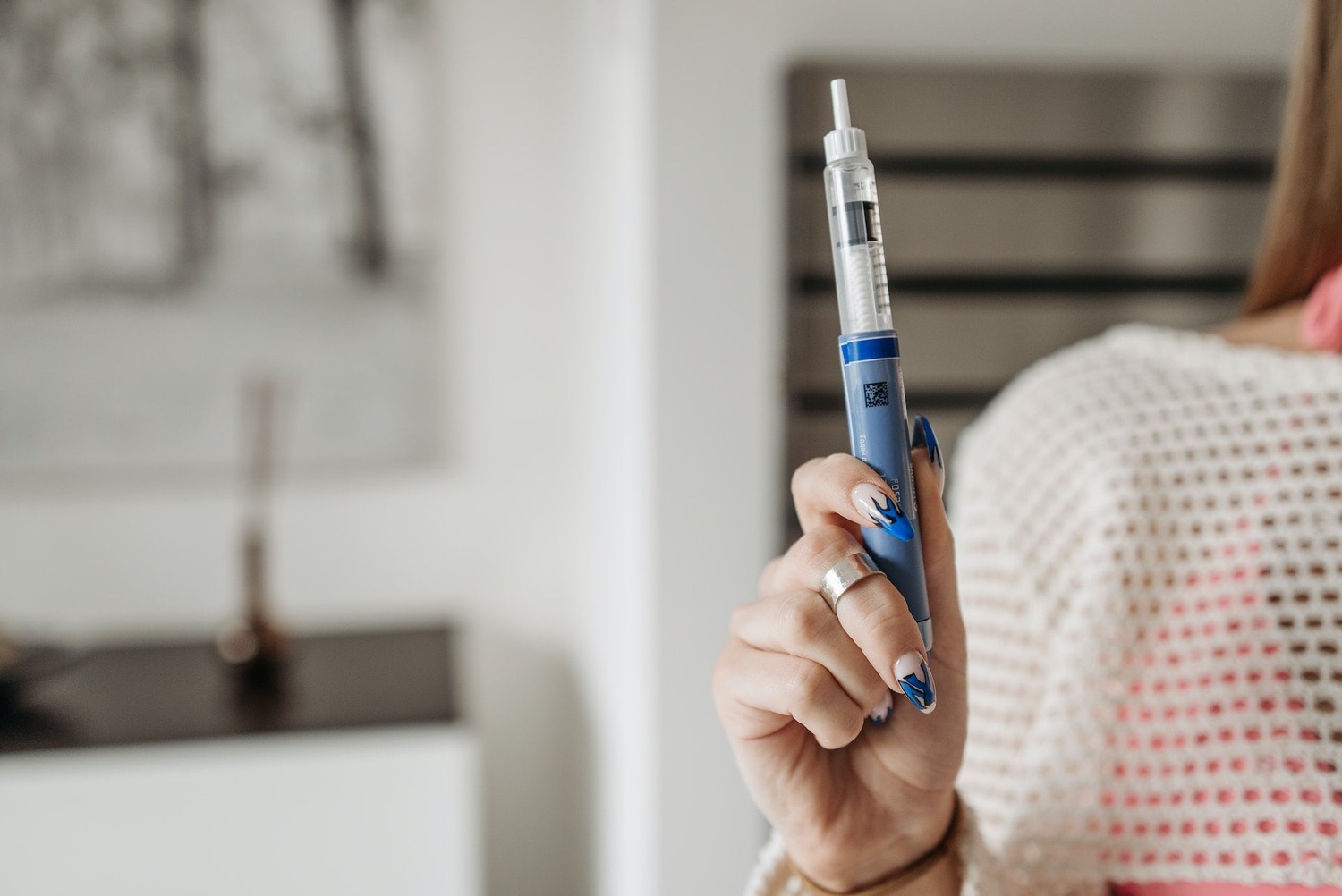This year is the centenary of the discovery of Insulin, the perfect time to review the evolution of the treatment of diabetes in the last 100 years.
Since the ancient Egyptians discovered the diabetes in 1500 B.C. the treatment of this disease has radically changed. Formerly it was treated with a four-day diet based on bones, wheat, grains, sand, green lead and earth.
For almost 3000 years doctors, and scholars made multiple hypotheses about this rare disease that caused people to have urine sweet as honey. Until in 1812 it was recognized as a clinical entity in the New England Journal of Medicine and Surgery and they began to investigate seriously. Since then, the progress have been continuous. The quality of life of people with diabetes has been improving year after year.
The discovery of insulin

Although insulin wasn’t discovered until 1921, the first steps were taken in 1889 when it was found that the cause of the disease was a malfunction of the pancreas.
Since then, the experiments didn’t stop until the Canadian doctors Frederick Banting and Charles Best managed to isolate insulin and demonstrate its effects on blood glucose. Together with James Collin and John Macleod they worked to purify bovine insulin. Yes, you read that right, cow insulin.
In a short time, it went from a cow’s pancreas to a pig’s pancreas. Even so, swine insulin was still not ideal. Fifty pigs were needed to cover a person’s annual insulin needs. Which made the treatment available to only a few. In addition, it caused allergies in some patients.
Luckily, in 1982 after many years of research Humulin, the first vegan insulin, arrived. Manufactured synthetically in the laboratory and 100% identical to the one produced by the human body.
The arrival of capillary glucometers

After the invention of insulin, the next evolution of the treatment of diabetes was the arrival of capillary glucometers. Those little tamagotchis are capable of telling your blood glucose in just a few seconds. Although the first models took more than 5 minutes to give the result and cost more than $2,500 (if we adjust the price for inflation). About $500 of the time (1980).
Although the most curious thing is that the American Diabetes Association opposed that patients self-controlled their sugar. Something unthinkable today, after seeing how much it has improved the quality of life of people with diabetes.
The insulin pump and the automation of treatment

That small backpack that you see on these lines is the first portable insulin pump. It was designed in 1963 by Dr. Arnold Kadish to improve the treatment of people with Type 1 diabetes. As you can imagine, it was never commercialized. It was too big, and it administered the insulin intravenously.
We had to wait almost 20 years for the first insulin pump to hit the market. The Autosyringe model (from 1978), which caused a lot of excitement, but didn’t have the controls necessary to deliver insulin safely. It was difficult to use, and it needed a screwdriver to adjust the dose. So, it was reserved for a minority of patients.
Thanks to the advancement of technology and miniaturization, today insulin pumps are much more comfortable for the patient and occupy less than a mobile phone.
Continuous glucose measurement

The fourth revolution in diabetes treatment has been data. Thanks to the continuous measurement patches we can know the glucose level that we have 24 hours a day. If we add that to blood analytics, each patient has an infinite amount of information to make decisions about their treatment.
Great progress that allows us to know what’s happening in our body at every moment of our life. Everything on our smartphone and without finger pricks. Which brings us to the next breakthrough in treating diabetes…
The Next Step: Simplify Diabetes Treatment

People with diabetes have never had so much information about what happens in their body. However, making decisions about treatment has never been more complex. Arrows, trends, target percentages… There is so much data that many patients feel overwhelmed. So, the next step we need to take to improve the lives of people with diabetes is simplification.
We have the information, and now we have to help people understand what is going on in their body. Because if we have learned something all these years, it is that self-control and empowerment of the patient is key to improving diabetes treatment.
That is why we are developing Cori. An app that helps people with diabetes understand all the data that their patches give to them, so that they can interpret the information themselves and take appropriate decisions with the help of their doctor. Because all this Big Data is useless if no one can decipher what it wants to tell us. If you’re interested in trying Cori:

Become a diabadass!
Join our weekly newsletter and learn
all the tips and tricks.
People with diabetes are especially vulnerable to the dangers of colds and the flu, but there are things you can do to control your symptoms and avoid getting sick in the first place. You may maintain your health even when you’re feeling under the weather by constantly monitoring your blood sugar levels, staying hydrated, getting enough of rest, and adhering to your diabetes management plan. Additionally, you may lower your risk of getting sick and safeguard yourself from any problems by maintaining proper cleanliness, being vaccinated, and generally maintaining good health. Make sure to discuss any worries you may have with your healthcare team for advice and support if you have diabetes and are worried about managing colds and the flu.
And this has only been the beginning. Because if we can be sure of one thing, it is that the scientific community won’t stop working until a cure for diabetes is discovered. The day when all these advances will become obsolete.




